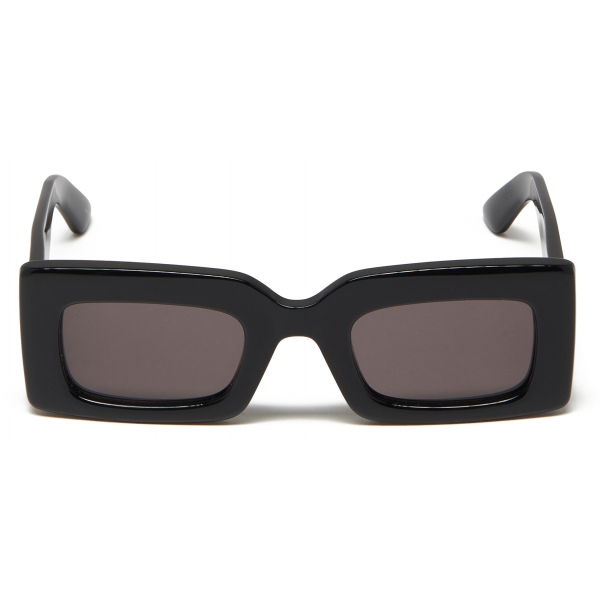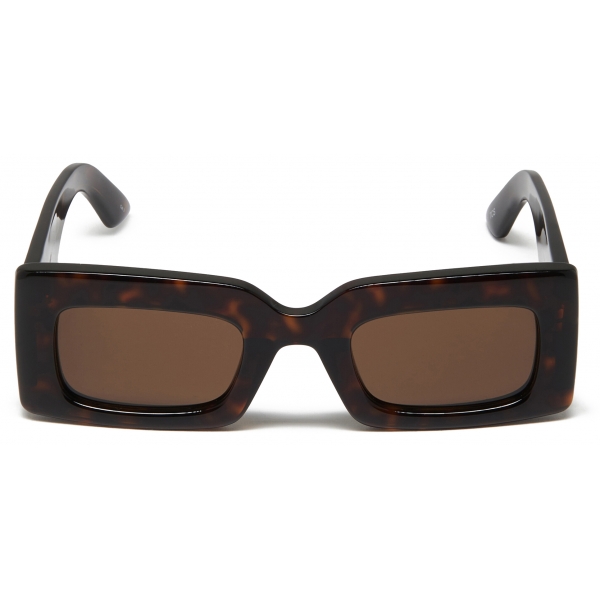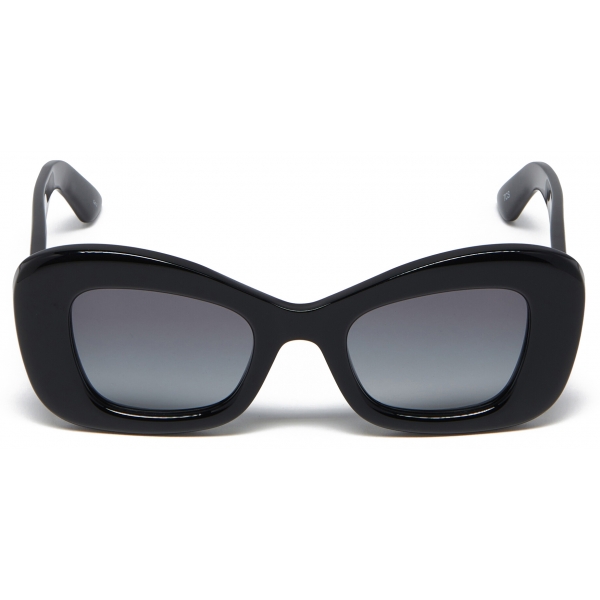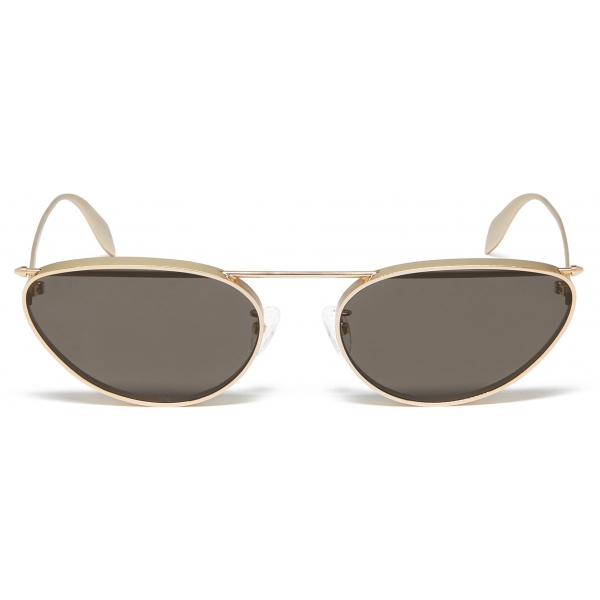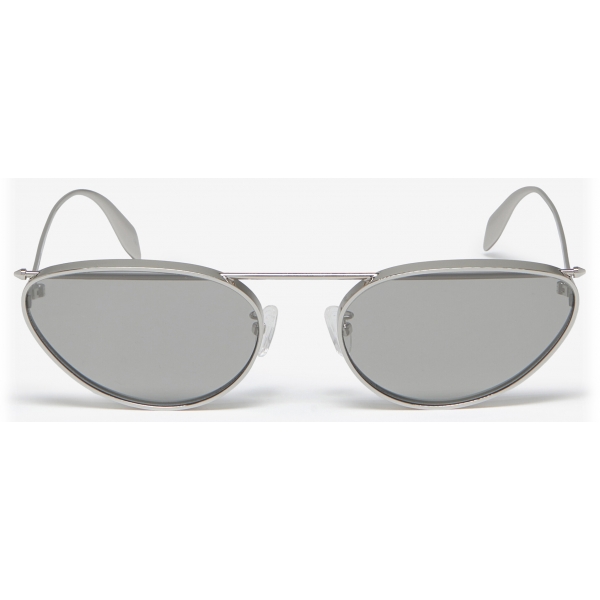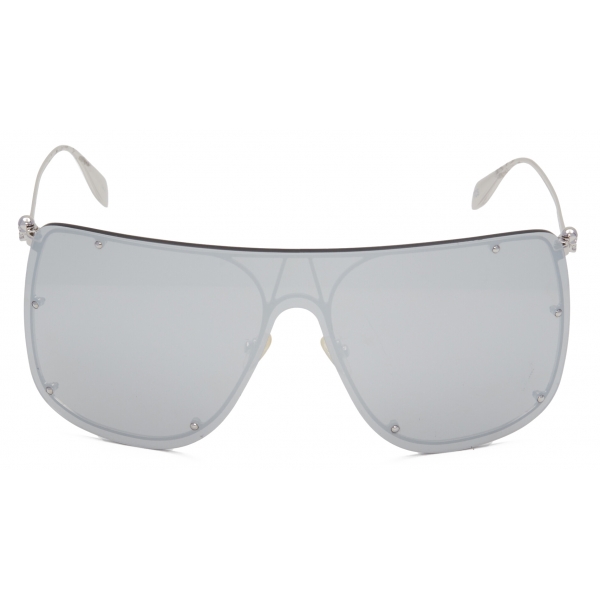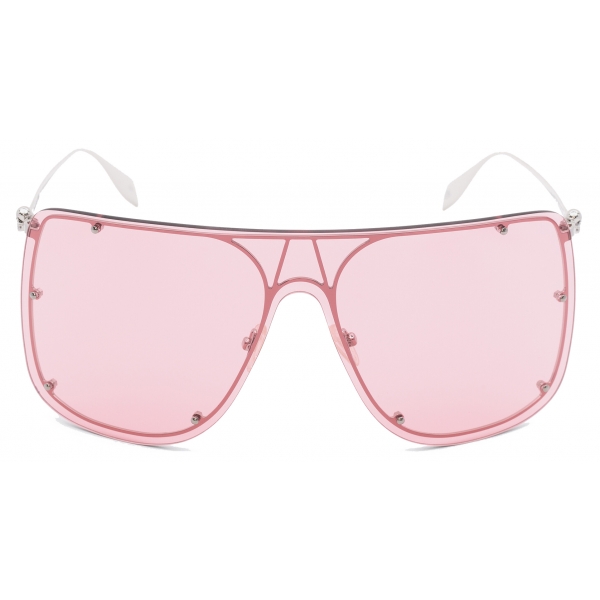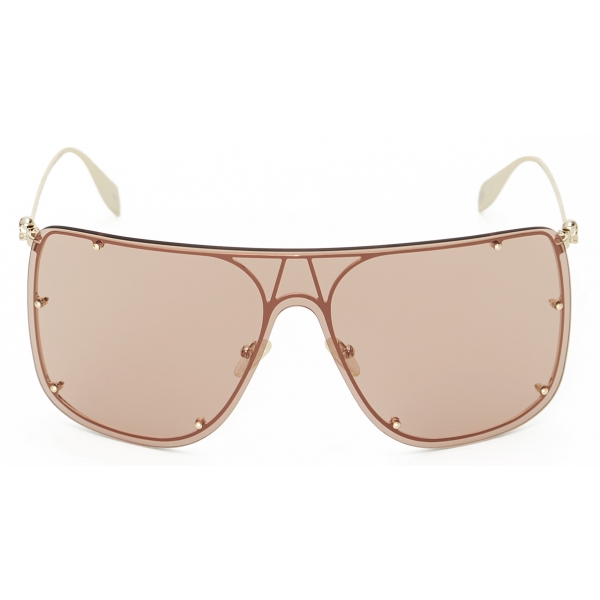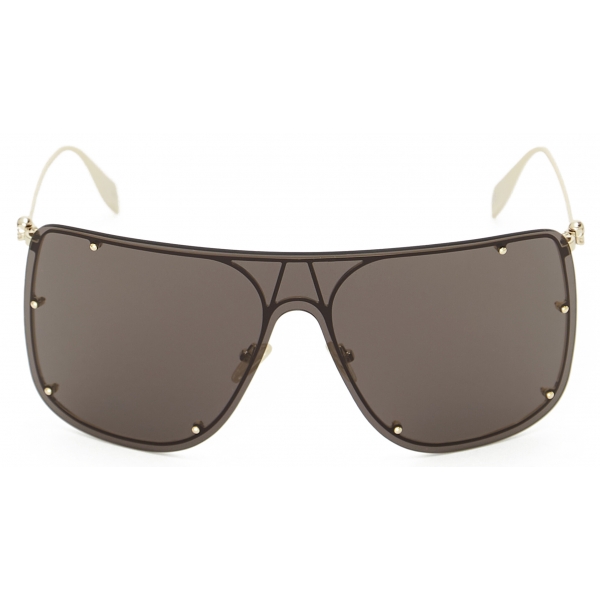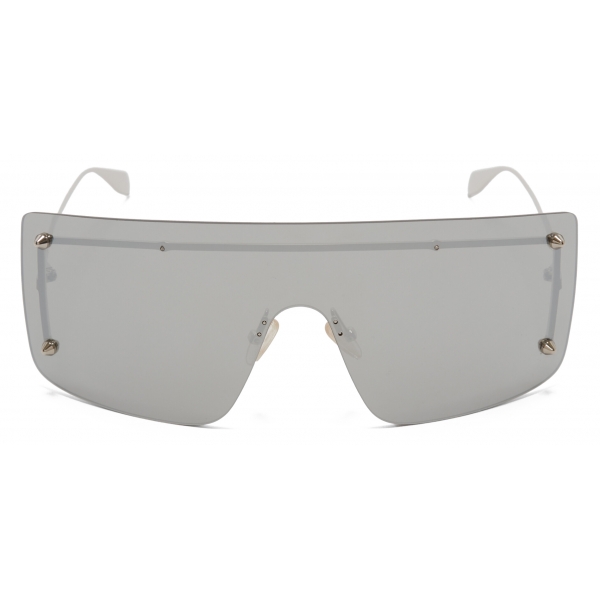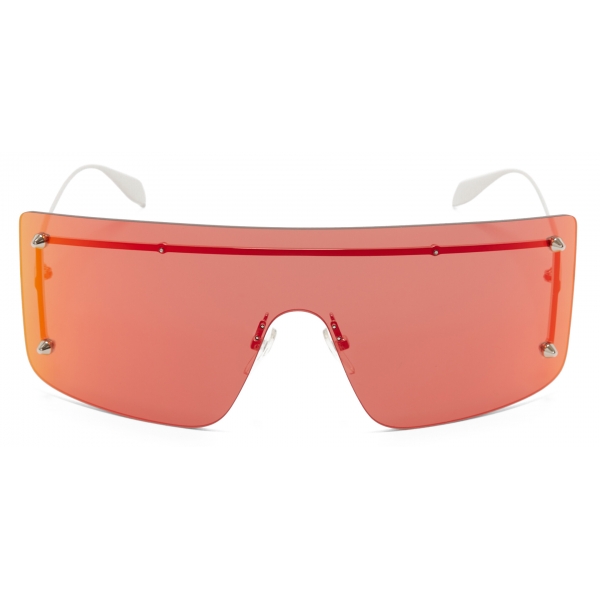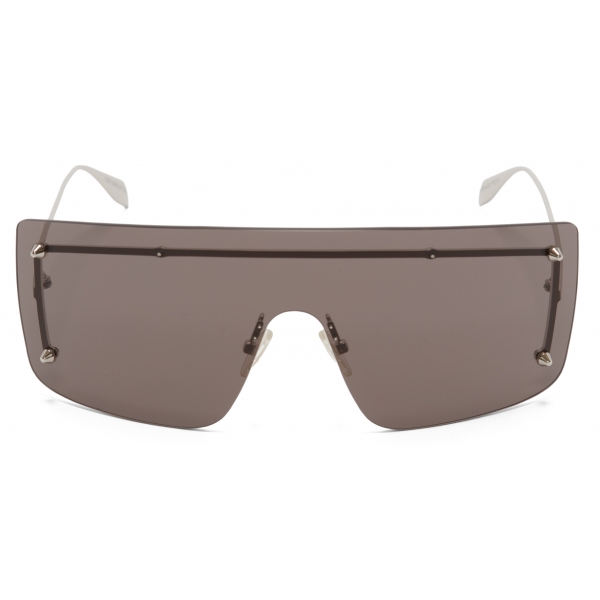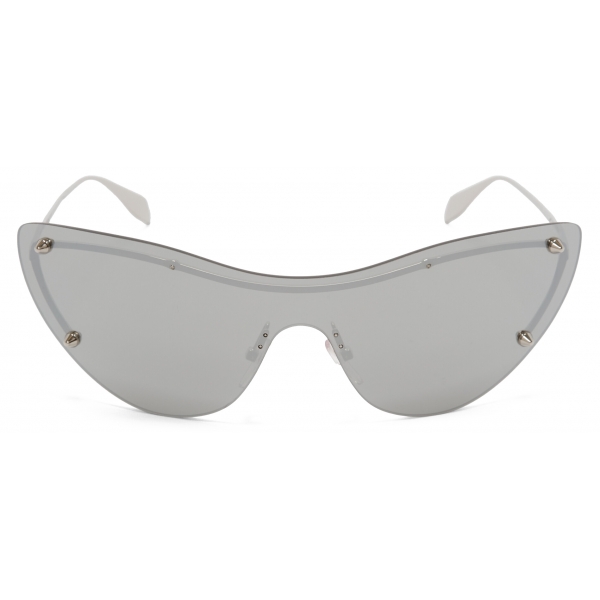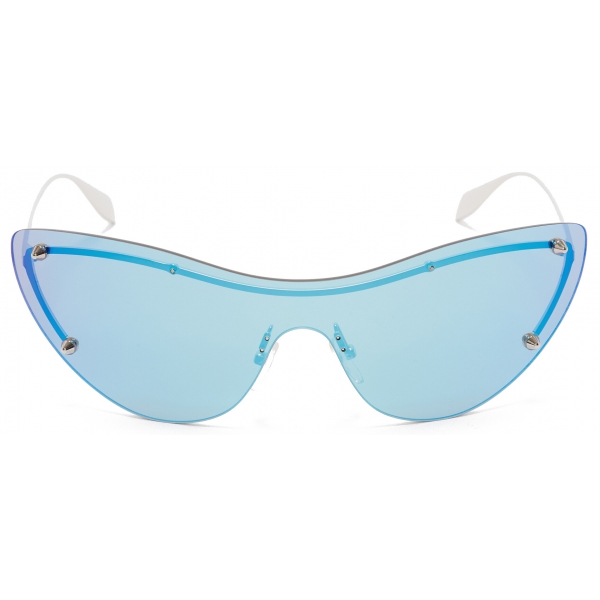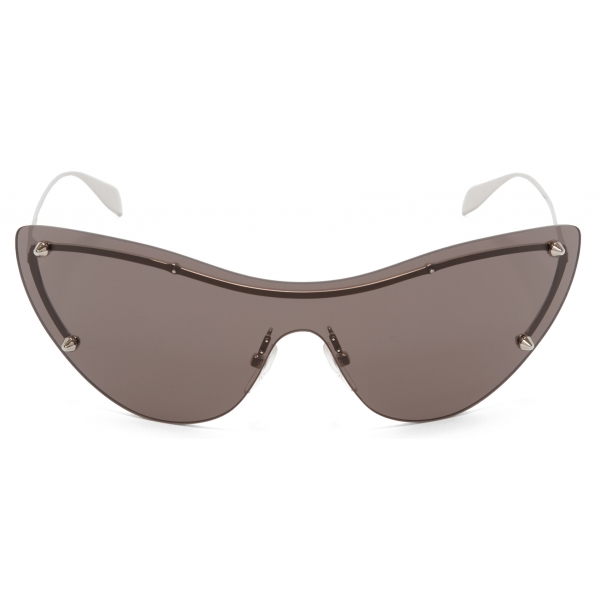No products
Categories
- Fashion Accessories
- Clothing
- Beauty & Lifestyle
-
Hi-Tech & Lifestyle
- Gaming
-
Case
- iPhone 11 Pro
- iPhone 11 Pro Max
- iPhone 11
- iPhone X / XS
- iPhone XS Max
- Samsung S10 / S10+ / S10e
- Huawei P30 / P30 Pro / P30 Lite
- Huawei P20 / P20 Pro / P20 Lite
- iPhone XR
- Samsung S9
- Samsung S9+
- iPhone 8 / 7
- iPhone 8 Plus / 7 Plus
- Samsung S8
- Samsung S8+
- Samsung S7
- Samsung S7 Edge
- iPhone 6 / 6 s
- iPhone 6 Plus / 6 s Plus
- iPhone 5 / SE
- Skin
- Audio
- Smart Home
- Drones & Hoverboard
- Photo & Video
- Desk Supplies
- Accessories
- Games
- Beverages
- Food
- Home
- Jewelry
- Luxury
- Travel
- Art
- Footwear
- Vintage Fashion
- Restaurants
- Sport
- Animals
- Gift Ideas
- Kidswear
Extra
Viewed Products
-

Divo Diva - Montecarlo - Dark Black - Leather Handbag - Made in Italy - Life...
High quality Divo Diva leather bag,...
-

Divo Diva - Las Vegas - Dark Black - Leather Handbag - Made in Italy - Life...
High quality Divo Diva leather bag,...
-

Thom Browne - Light Grey Milano Stripe Pullover - Thom Browne Exclusive...
Thom Browne Light Grey Milano Stripe...
-

Thom Browne - Medium Grey 4-Bar Cardigan - Thom Browne Exclusive Luxury...
Thom Browne 4-Bar Cardigan. Medium...
-

Thom Browne - Navy Milano Stripe Pullover - Thom Browne Exclusive Luxury...
Thom Browne Navy Milano Stripe...
-

Alexander McQueen Eyewear
The Fashion Between Revolution and The Ancient Regime

Identity

Lee Alexander McQueen was born in 1969 and began working at sixteen, learning the basics of the fashion industry in Savile Row and, later, in Milan, from Romeo Gigli.

After the experience in Italy, he decided to complete his training by attending the Saint Martin's School of Art in London and in 1992 he founded his Fashion House, obtaining immediate support and recognition from the greatest icons of British fashion.

From 1996 to 2001 he worked as creative director of Givenchy, a Maison where he wasn’t able to express his creativity. Moreover, during these years, he tried to practice experimentation and redefinition of the stylistic canons of the brand.

Thanks to this period the designer became well known for his transgressive and shocking fashion shows.

To the point of being called "fashion hooligan".

The Maison Alexander McQueen stands out for being an innovative and uncompromising expression of overwhelming creativity.

Today, the Maison is synonymous with contemporary British Haute Couture.

The main sources of inspiration for the brand are the history of Great Britain and nature.

Through a constant exploration of the natural world, the Maison uses the values of the English rural tradition.

As well as a certain sense of community and handmade, while expanding the boundaries of fashion.

The juxtaposition of feminine and masculine, strength and fragility, romanticism and rebellion, man and machine are an integral part of the culture of Alexander McQueen.

He was loved by many stars for his extravagance and originality; his philosophy was also followed by Sarah Burton.

Actual creative director of the Maison, who took the lead after the designer’s death.

She also designed the wedding dress of the Duchess of Cambridge for the wedding with William.

Thanks to bustiers, dark elements and Gothic patterns, Alexander McQueen strengthened his creativity with a clever technique of cutting and building in modeling, paving the way for new tailoring experiments.

Products Alexander McQueen Eyewear
Products Alexander McQueen
Alexander McQueen Eyewear
The Fashion Between Revolution and The Ancient Regime

Identity

Lee Alexander McQueen was born in 1969 and began working at sixteen, learning the basics of the fashion industry in Savile Row and, later, in Milan, from Romeo Gigli.

After the experience in Italy, he decided to complete his training by attending the Saint Martin's School of Art in London and in 1992 he founded his Fashion House, obtaining immediate support and recognition from the greatest icons of British fashion.

From 1996 to 2001 he worked as creative director of Givenchy, a Maison where he wasn’t able to express his creativity. Moreover, during these years, he tried to practice experimentation and redefinition of the stylistic canons of the brand.

Thanks to this period the designer became well known for his transgressive and shocking fashion shows.

To the point of being called "fashion hooligan".

The Maison Alexander McQueen stands out for being an innovative and uncompromising expression of overwhelming creativity.

Today, the Maison is synonymous with contemporary British Haute Couture.

The main sources of inspiration for the brand are the history of Great Britain and nature.

Through a constant exploration of the natural world, the Maison uses the values of the English rural tradition.

As well as a certain sense of community and handmade, while expanding the boundaries of fashion.

The juxtaposition of feminine and masculine, strength and fragility, romanticism and rebellion, man and machine are an integral part of the culture of Alexander McQueen.

He was loved by many stars for his extravagance and originality; his philosophy was also followed by Sarah Burton.

Actual creative director of the Maison, who took the lead after the designer’s death.

She also designed the wedding dress of the Duchess of Cambridge for the wedding with William.

Thanks to bustiers, dark elements and Gothic patterns, Alexander McQueen strengthened his creativity with a clever technique of cutting and building in modeling, paving the way for new tailoring experiments.

Products Alexander McQueen Eyewear
Products Alexander McQueen
-
Alexander McQueen - Women's Bold Cat-Eye Sunglasses - Pink Smoke - Alexander...
Psychedelic pink acetate sunglasses fitted with solid smoke lenses. These cat-eye sunglasses features bold volumes and temple silhouette and are detailed with a contrasting silver Alexander McQueen signature.
229,50 € 270,00 € -15%Reduced price ! -
Alexander McQueen - Women's The Curve Butterfly Sunglasses - Black -...
Shiny black bio injection sunglasses fitted with gradient grey lenses. The sunglasses have an oversized butterfly shape and are enriched by a contrasting silver metal insert on the temples, with a lasered Alexander McQueen signature.
340,00 € 400,00 € -15%Reduced price ! -
Alexander McQueen - Occhiali da Sole Rettangolari Bold da Donna - Nero Fumo -...
Black acetate sunglasses fitted with solid smoke lenses. These rectangular sunglasses features bold volumes and temple silhouette and are detailed with a contrasting gold Alexander McQueen signature.
229,50 € 270,00 € -15%Reduced price ! -
Alexander McQueen - Women's Bold Rectangular Sunglasses - Brown Havana -...
Dark havana acetate sunglasses fitted with solid brown lenses. These rectangular sunglasses features bold volumes and temple silhouette and are detailed with a contrasting gold Alexander McQueen signature.
229,50 € 270,00 € -15%Reduced price ! -
Alexander McQueen - Women's Bold Cat-Eye Sunglasses - Black Grey - Alexander...
Black acetate sunglasses fitted with gradient grey lenses. These cat-eye sunglasses features bold volumes and temple silhouette and are detailed with a contrasting gold Alexander McQueen signature.
229,50 € 270,00 € -15%Reduced price ! -
Alexander McQueen - Women's Bold Cat-Eye Sunglasses - Burgundy - Alexander...
Shiny burgundy acetate sunglasses fitted with solid bordeaux lenses. These cat-eye sunglasses features bold volumes and temple silhouette and are detailed with a contrasting gold Alexander McQueen signature.
229,50 € 270,00 € -15%Reduced price ! -
Alexander McQueen - Women's Bold Cat-Eye Sunglasses - Pink Smoke - Alexander...
Psychedelic pink acetate sunglasses fitted with solid smoke lenses. These cat-eye sunglasses features bold volumes and temple silhouette and are detailed with a contrasting silver Alexander McQueen signature.
229,50 € 270,00 € -15%Reduced price ! -
Alexander McQueen - Women's Front Piercing Cat-eye Sunglasses - Light Gold...
Light gold cat-eye sunglasses fitted with solid smoke lenses. The sunglasses feature tonal piercing detailing through the lenses and are finished with a lasered Alexander McQueen signature on the temples.
314,50 € 370,00 € -15%Reduced price ! -
Alexander McQueen - Women's The Curve Butterfly Sunglasses - Havana -...
Shiny dark havana bio injection sunglasses fitted with gradient brown lenses. The sunglasses have an oversized butterfly shape and are enriched by a contrasting light gold metal insert on the temples, with a lasered Alexander McQueen signature.
340,00 € 400,00 € -15%Reduced price ! -
Alexander McQueen - Skull Mask Sunglasses - Grey Silver - Alexander McQueen...
Unisex silver oversized mask sunglasses fitted with grey lenses enriched by micro studs. The style features a 3D Skull soldered on the metal temples and it's finished with lasered Alexander McQueen signature.
331,50 € 390,00 € -15%Reduced price ! -
Alexander McQueen - Skull Mask Sunglasses - Pink Silver - Alexander McQueen...
Unisex silver oversized mask sunglasses fitted with pink lenses enriched by micro studs. The style features a 3D Skull soldered on the metal temples and it's finished with lasered Alexander McQueen signature.
306,00 € 360,00 € -15%Reduced price ! -
Alexander McQueen - Skull Mask Sunglasses - Gold Brown - Alexander McQueen...
Unisex silver oversized mask sunglasses fitted with pink lenses enriched by micro studs. The style features a 3D Skull soldered on the metal temples and it's finished with lasered Alexander McQueen signature.
306,00 € 360,00 € -15%Reduced price ! -
Alexander McQueen - Skull Mask Sunglasses - Gold Smoke - Alexander McQueen...
Unisex silver oversized mask sunglasses fitted with pink lenses enriched by micro studs. The style features a 3D Skull soldered on the metal temples and it's finished with lasered Alexander McQueen signature.
306,00 € 360,00 € -15%Reduced price ! -
Alexander McQueen - Spike Studs Mask Sunglasses - Silver - Alexander McQueen...
Unisex silver oversized mask sunglasses fitted with pink lenses enriched by micro studs. The style features a 3D Skull soldered on the metal temples and it's finished with lasered Alexander McQueen signature.
357,00 € 420,00 € -15%Reduced price ! -
Alexander McQueen - Spike Studs Mask Sunglasses - Red Silver - Alexander...
Unisex silver oversized mask sunglasses fitted with pink lenses enriched by micro studs. The style features a 3D Skull soldered on the metal temples and it's finished with lasered Alexander McQueen signature.
357,00 € 420,00 € -15%Reduced price ! -
Alexander McQueen - Spike Studs Mask Sunglasses - Smoke Silver - Alexander...
Unisex silver oversized mask sunglasses fitted with pink lenses enriched by micro studs. The style features a 3D Skull soldered on the metal temples and it's finished with lasered Alexander McQueen signature.
331,50 € 390,00 € -15%Reduced price ! -
Alexander McQueen - Studs Structure Mask Sunglasses - Ruthenium - Alexander...
Unisex silver oversized mask sunglasses fitted with pink lenses enriched by micro studs. The style features a 3D Skull soldered on the metal temples and it's finished with lasered Alexander McQueen signature.
331,50 € 390,00 € -15%Reduced price ! -
Alexander McQueen - Studs Structure Mask Sunglasses - Gold Grey - Alexander...
Unisex silver oversized mask sunglasses fitted with pink lenses enriched by micro studs. The style features a 3D Skull soldered on the metal temples and it's finished with lasered Alexander McQueen signature.
331,50 € 390,00 € -15%Reduced price ! -
Alexander McQueen - Women's Spike Studs Cat-Eye Mask Sunglasses - Silver -...
Shiny silver cat-eye mask sunglasses fitted with a mirrored silver lens and detailed with silver spike studs on the front. The style is finished with adjustable nose pads and a lasered Alexander McQueen signature on the temples.
357,00 € 420,00 € -15%Reduced price ! -
Alexander McQueen - Women's Spike Studs Cat-Eye Mask Sunglasses - Blue Silver...
Shiny silver cat-eye mask sunglasses fitted with a mirrored blue lens and detailed with silver spike studs on the front. The style is finished with adjustable nose pads and a lasered Alexander McQueen signature on the temples.
357,00 € 420,00 € -15%Reduced price ! -
Alexander McQueen - Women's Spike Studs Cat-Eye Mask Sunglasses - Smoke...
Shiny silver cat-eye mask sunglasses fitted with a smoke lens and detailed with silver spike studs on the front. The style is finished with adjustable nose pads and a lasered Alexander McQueen signature on the temples.
331,50 € 390,00 € -15%Reduced price !





